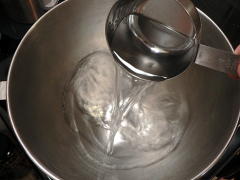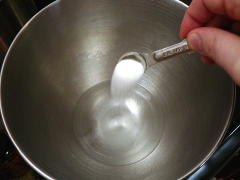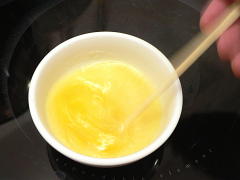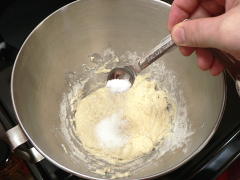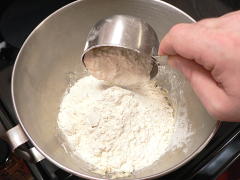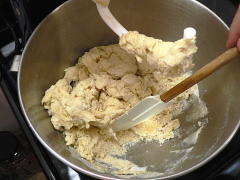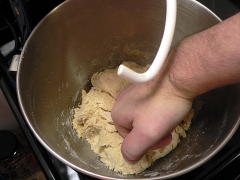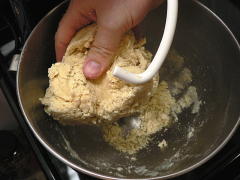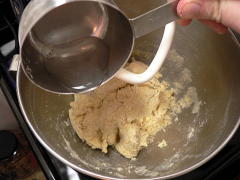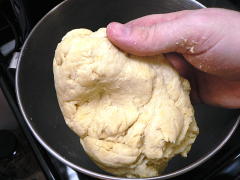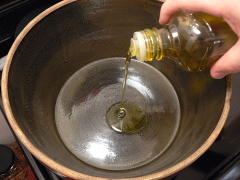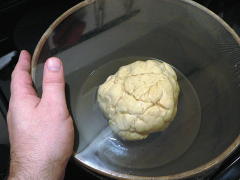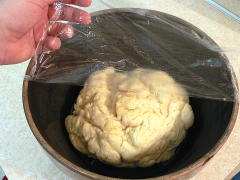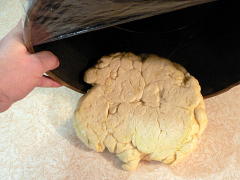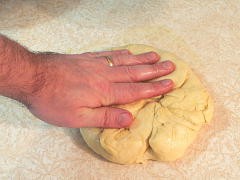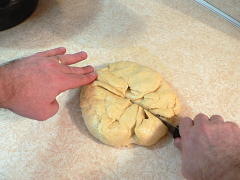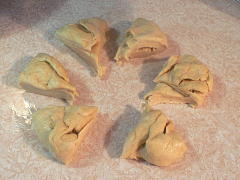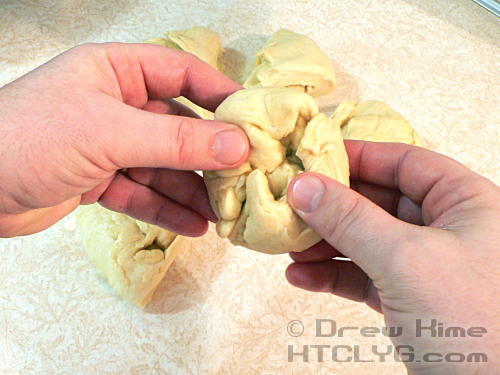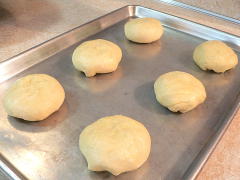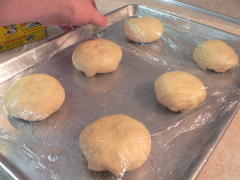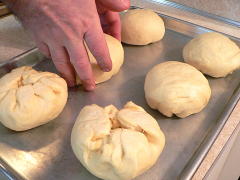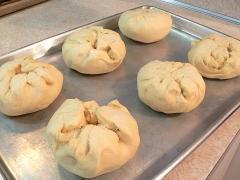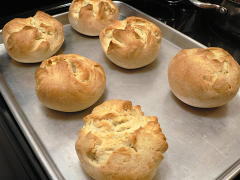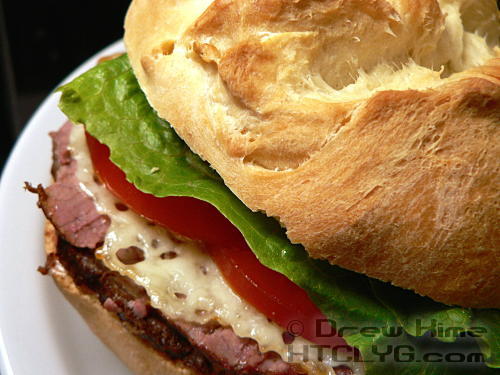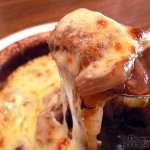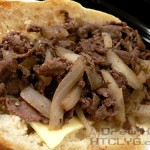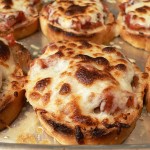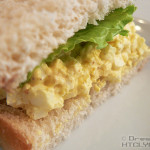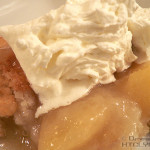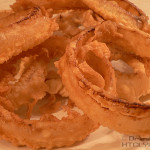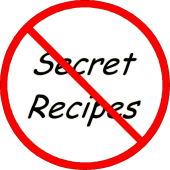Depending on who you ask, kaiser rolls have to have poppy seeds, or sesame seeds, or be dusted with cornmeal. You need a special stamp just for making the cuts in the top, or you need to do the cuts with scissors and twist the dough just so.
Well if you ask me, the way I did them here looks just fine, and tastes even better. (And by the way, poppy seeds? Doesn’t that make them poppy seed rolls? I’m just sayin’.)
Ingredients
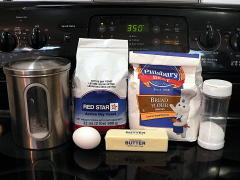
3 cups bread flour (or all-purpose flour)
1 1/2 teaspoons dry yeast
1 1/2 teaspoons sugar
1 1/4 teaspoons salt
1 large egg
2 tablespoons butter
3/4 cup warm water
Directions
This recipe is almost exactly what you’ll find on the King Arthur site. They’re a great source for bread recipes. Just keep in mind they’re always going to insist on King Arthur flour. And they assume you’ve got all the right equipment a serious bread baker would have. Like the “kaiser stamp” I mentioned above. Does anyone except professional bakers actually have one of those?
Anyway, I didn’t follow their directions exactly. I like to proof the yeast first. Which means you combine the water, sugar, yeast, and a cup of flour, then let it rest for 10-15 minutes.
Three things to pay attention to here:
- First, the water should be warm, 105 – 115° F. This is warm enough for the yeast to start reproducing, but not hot enough to kill them.
- A metal bowl will tend to suck the heat right out of the water, unless your kitchen is also 105 – 115°. In which case you shouldn’t be baking bread inside anyway, you should be laying in a hammock in the shade drinking Mai Tais.
- Yeast gets incredibly sticky the moment it gets wet. That’s why I stir with a chopstick — there’s less surface for the yeast to stick to.
The reason for this step is just to make sure your yeast is still alive before dumping all the ingredients in and waiting an hour before you notice it’s not rising.
Next up, melt the butter — which, along with making popcorn, is one of two uses for the microwave that almost no one has a problem with.
Add the egg to the melted butter and beat together quickly.
You’re not trying to cook the egg here, so it’s best if the butter is not quite all the way melted. If your egg is straight from the fridge, and the butter is warm from being melted, they should balance each other out and be just right to add to the dough. We want to keep the yeast in their happy zone for the best rise.
Once the yeast is going — you should see bubbles breaking the surface, and smell a strong “yeasty” smell from the bowl — add the salt, the rest of the flour, and the butter/egg mixture.
Beat with a dough hook until the dough comes together and pulls away from the edges of the bowl. Scrape down to the bottom to make sure all the flour gets incorporated.
If there’s still dry flour in the bottom, press the dough down to try to pick the rest up.
If it’s still not coming, add a little water, just a tablespoon or so at a time, until all the flour sticks to the dough.
Knead on medium speed just until the texture is smooth and consistent. This dough will stay a little firmer than other breads, so if you’ve done bread before don’t expect this to be as soft as you’re used to.
Put a few tablespoons of oil in a smooth bowl and toss the dough in it to coat all around.
Cover the bowl with plastic wrap or a damp tea towel.
The idea here is to keep the dough from drying out and forming a skin, which will keep it from rising as much. Place the bowl in a warm place for an hour until the dough has doubled in size. (If you don’t have a warm place handy put it in your oven, turned off but with the oven light turned on. This should be warm enough.)
Once it’s doubled in size, turn the dough out onto a clean, dry surface.
Don’t use flour, like with pasta or other breads. The oil from the bowl will keep it from sticking to the counter.
Press the dough down into a flat circle, then cut it into 6 or 8 even pieces.
This next step is why you don’t want to flour the surface. Take each piece of dough, pull dough from the bottom with your fingers and press it down into the center with your thumbs.
Keep turning, pulling dough up and pressing it down until you’ve got a mostly-smooth ball, with one side all pressed in. Place the ball with the open side down on a baking sheet.
Rub a little of the oil from the rising bowl into the tops of the rolls and cover with plastic wrap for the second rise.
One thing I’d do different here is, after covering with plastic wrap, lay one or two clean dish towels down on top. A little weight would help them grow more to the side and less top-to-bottom.
Once they’ve doubled in size, remove the plastic wrap and carefully turn them over.
Seriously, be very careful. You don’t want to deflate them just before they go in the oven.
Bake at 425° for 15-17 minutes. They should be golden brown and make a hollow sound when you thump the bottom with your thumb. (Don’t burn yourself.)
And that’s it.
I’ve got something really cool to go on this, coming up soon. Use the form in the column on the right to subscribe so you don’t miss it.
UPDATE: And here’s the “something really cool”. It’s Asiago crisps. You should go try them.
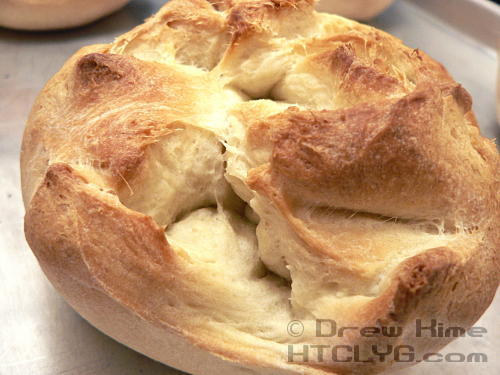
Ingredients
- 3 cups bread flour (or all-purpose flour)
- 1 1/2 teaspoons dry yeast
- 1 1/2 teaspoons sugar
- 1 1/4 teaspoons salt
- 1 large egg
- 2 tablespoons butter
- 3/4 cup warm water
Instructions
Combine the yeast, sugar, water, and one cup of flour in a mixing bowl. Let rest for 10 minutes, until the yeast starts bubbling.
Melt the butter, and beat in the egg. Add to the yeast mixture, along with the salt and the remaining flour. Knead for 4-6 minutes, until the dough comes together and pulls away from the edges of the bowl. Add more water as necessary to get all the flour incorporated.
Place the dough in an oiled bowl, coating the dough all around. Cover with plastic wrap and place somewhere warm for an hour, until the dough has doubled in size.
Turn out onto an oiled surface, punch down, and cut into 6 or 8 even pieces. Roll dough into balls, tucking loose ends in at one spot. Place the open side down on a baking sheet, cover, and let rise until doubled in size again.
Turn rolls over, and bake at 425° for 15-17 minutes, until golden brown.
